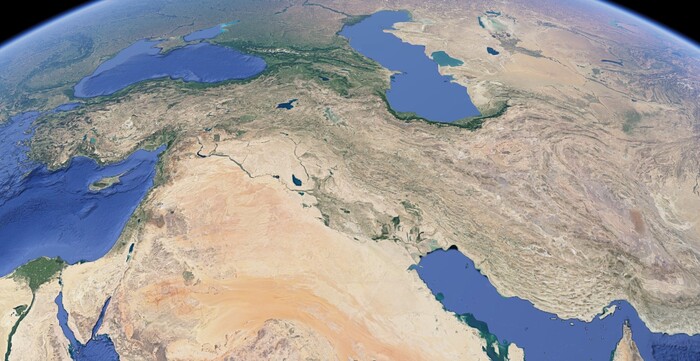The
Persian plateau
was the
first gathering point of the Homo sapiens populations that left Africa
60 thousand years ago and
about 20 thousand years later
it became the
hub from which they left to colonize Eurasia, Oceania and the Americas
.
This is demonstrated by the
genetic study
published in the journal Nature Communications by researchers from the Department of Biology of the University of Padua in collaboration with the Department of Cultural Heritage of the University of Bologna, the Griffith University of Brisbane (Australia), the Max Planck Institute of Jena (Germany) and the University of Turin.
"With our work
we have reconstructed 20,000 years of history shared by Europeans, Asians, Native Americans and Oceanians
", comments Luca Pagani, coordinator of the study and professor of the Biology department of the University of Padua.
"This stage of the human journey out of Africa is fascinating: it is during this period that we mixed our genes with those of Neanderthals."
"In this research work we used a
new genetic approach
and identified genetic signatures in ancient and modern populations of the Persian Plateau that resemble the characteristics of the hub population, thus identifying the area as the probable homeland of all early Eurasians." , observes the first author of the study Leonardo Vallini of the University of Padua.
The multidisciplinary research also investigated the
paleoecological characteristics
of the area, indicating that it
already
had
environmental conditions suitable for human occupation
at the time , and potentially capable of supporting a larger population than other parts of Western Asia.
"The identification of the Persian plateau as a hub for the first human migrations
opens new doors to archaeological
and paleoanthropological research, underlines Michael Petraglia of Griffith University in Brisbane. In fact, the Persian plateau will be at the center of the ERC Synergy Project 'Last Neanderthals ', recently assigned to co-author Stefano Benazzi, professor at the Department of Cultural Heritage of the University of Bologna. "In line with the results of the article - concludes Benazzi - this ERC project aims to explore and reveal the intricate biocultural events that occurred between the 60,000 to 40,000 years ago, also focusing on the Persian plateau."
Reproduction reserved © Copyright ANSA

